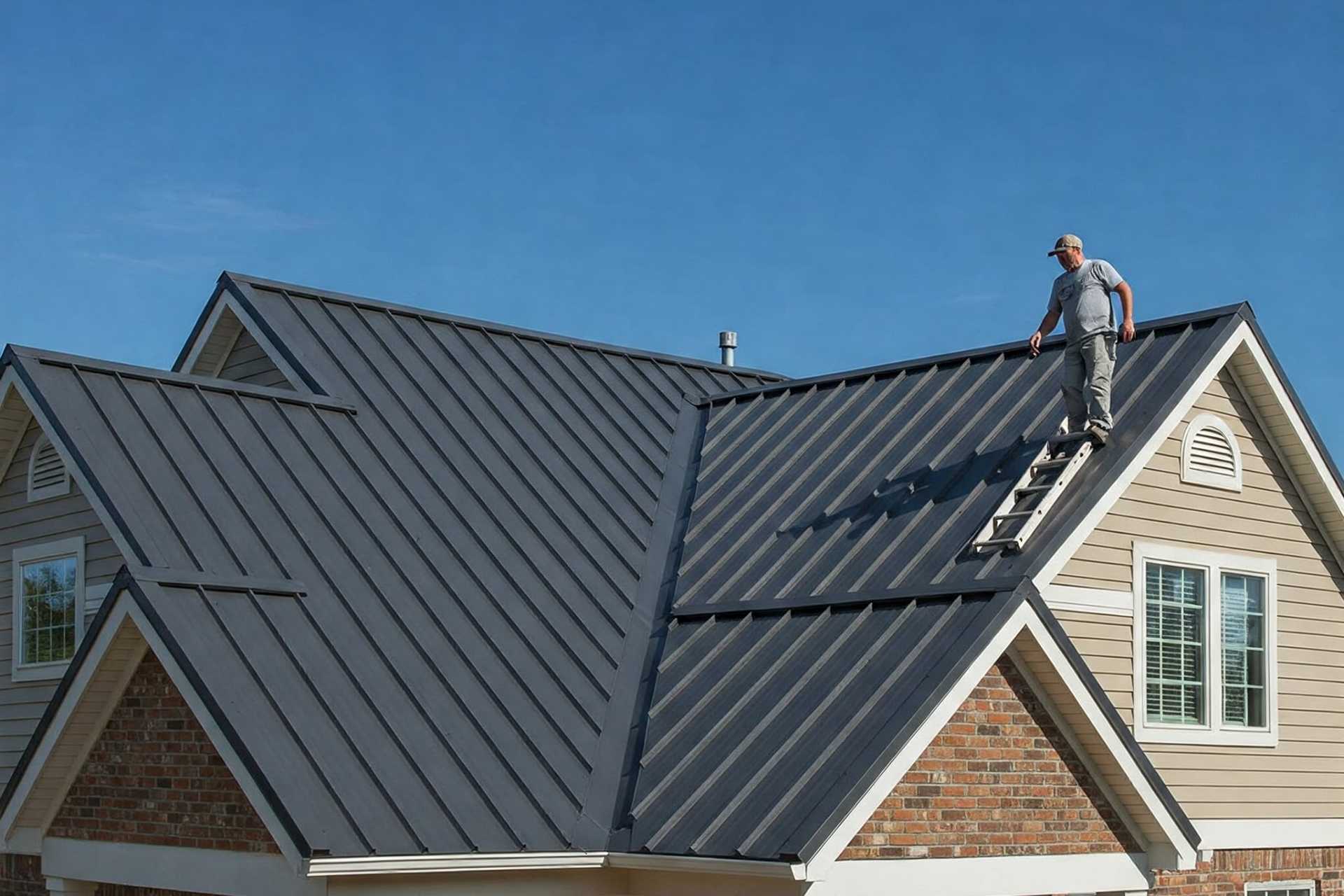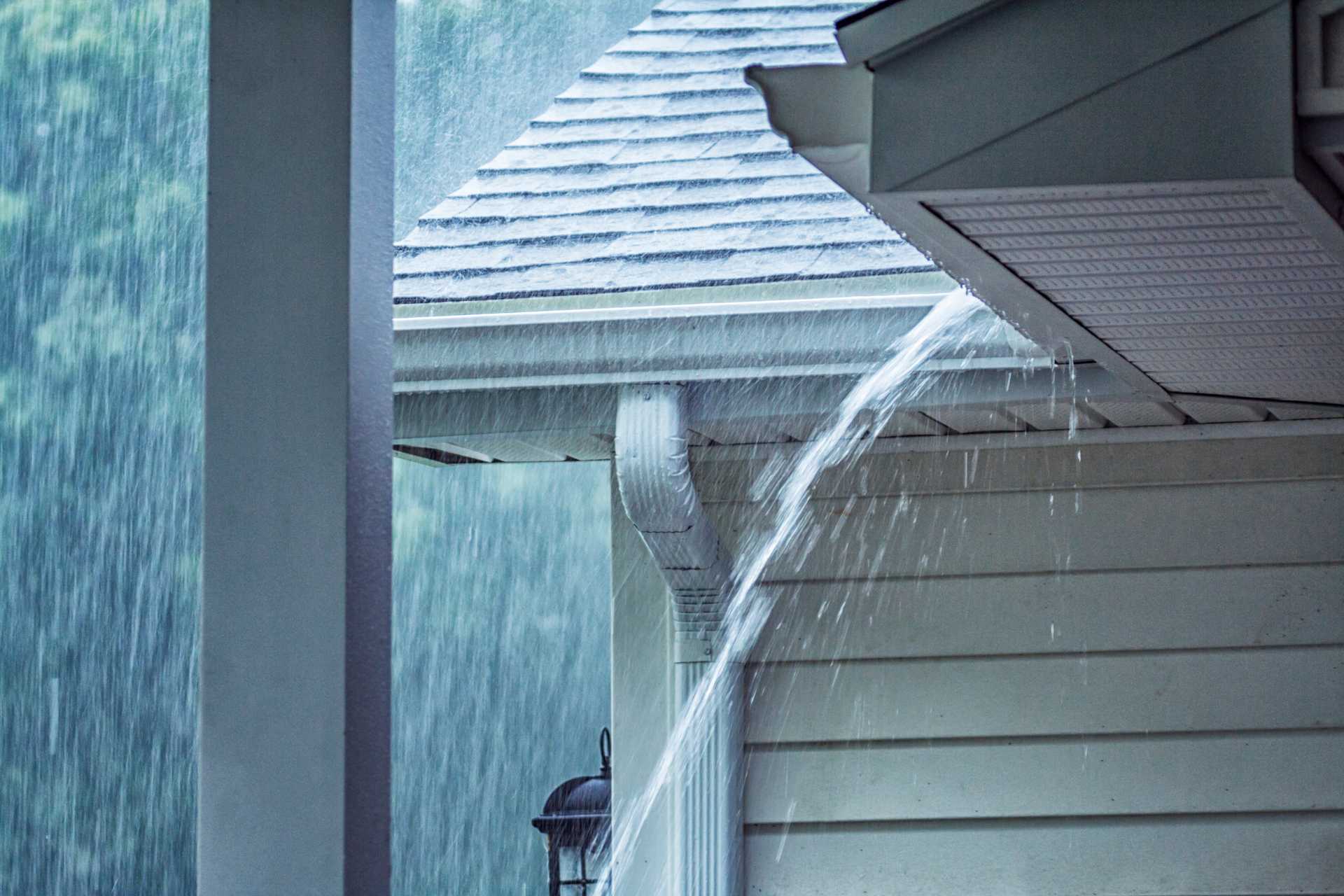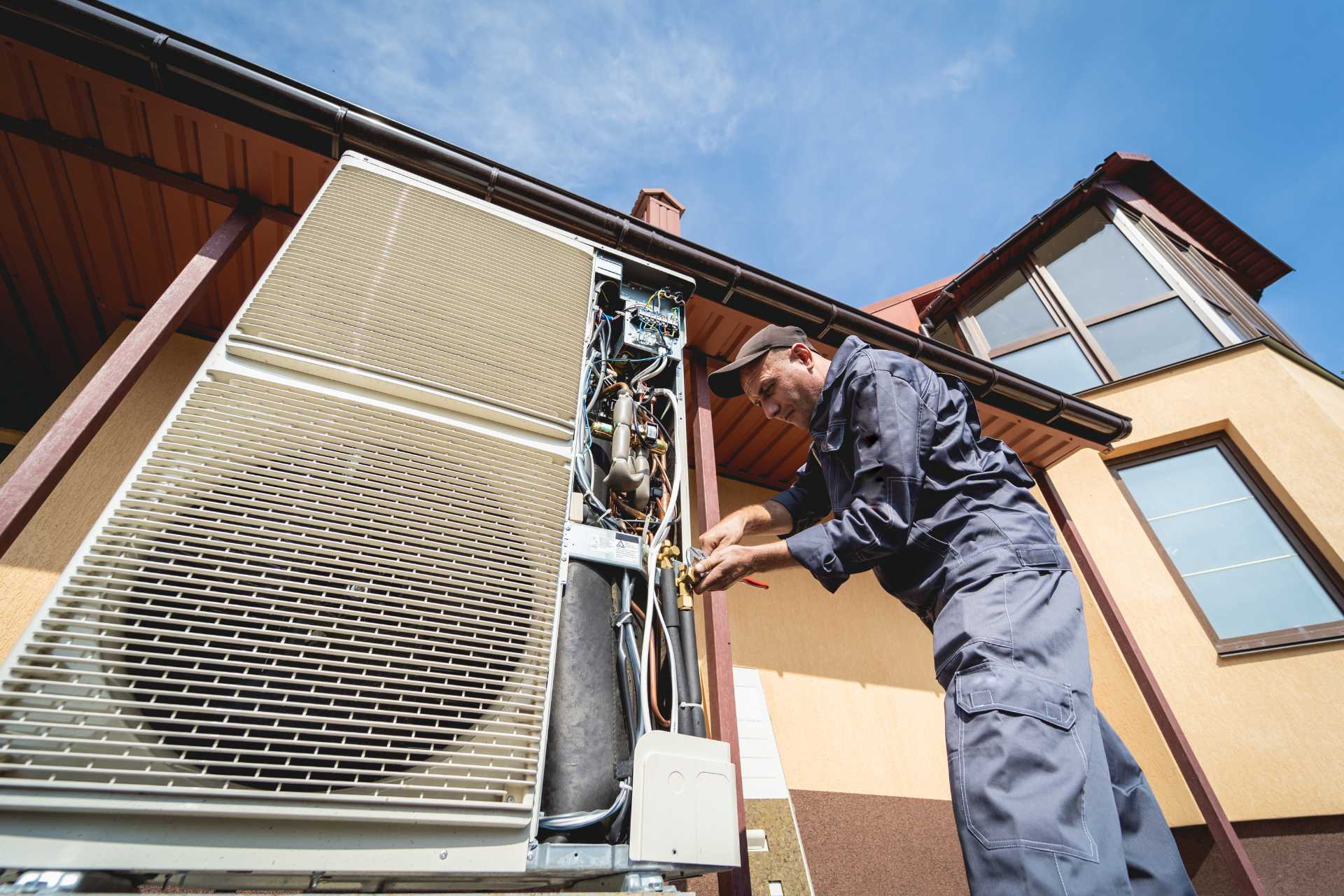When Your Roof Becomes Your Siding’s Worst Enemy
You have invested in a durable, beautiful exterior for your home. But what if the very thing designed to protect it from above is secretly causing its demise? Many common siding problems do not start with the siding at all—they start with mistakes made on the roof. The roof and siding are not separate entities. They are two parts of a single, integrated “building envelope.” A failure or poor installation practice in the roofing system almost always has a direct, negative impact on the siding below it. A qualified roofing company understands this critical relationship. This guide will expose the most common roofing mistakes that can lead to costly and frustrating siding damage, explaining how issues with water management and poor installation can ruin your home’s curb appeal and structural integrity.
- When Your Roof Becomes Your Siding’s Worst Enemy
- The Unsung Hero: The Missing or Improperly Installed Drip Edge
- Flashing Failures: The Direct Path for Water Intrusion
- Gutter and Downspout Disasters: Aiming Water the Wrong Way
- The Clogged Gutter Cascade: A Maintenance Mistake
- The “Short” Story: Inadequate Roof Overhangs
- The Warning Signs: How to Spot Roof-Related Siding Damage
- A House Divided Cannot Stand
The Unsung Hero: The Missing or Improperly Installed Drip Edge
A drip edge is a simple piece of metal flashing installed at the very edge of the roof, right under the first course of shingles. Its job is to direct water away from the fascia board and squarely into the gutters. It is a small, inexpensive component, but its role is massive. Without a drip edge, the physics of water surface tension can cause rainwater to curl back under the edge of the shingles. This water then runs down the fascia and, critically, can get behind the top course of your siding.
This creates a constant, hidden moisture problem. Water that gets behind siding can lead to rot in the roof decking and the wall sheathing. It can cause the top of your siding panels to warp, stain, and deteriorate over time. A missing drip edge is a common shortcut taken by inexperienced roofers, but it is a mistake that leads to slow, silent, and expensive damage to your home’s exterior walls. It is a perfect example of how a small roofing detail has a major impact on the siding directly below it.
Flashing Failures: The Direct Path for Water Intrusion
Flashing refers to the thin pieces of metal used to direct water away from the most vulnerable areas of your roof. These are the spots where the roof meets a vertical surface, such as a wall, a chimney, or a dormer. When flashing is installed correctly, it creates a waterproof seal. However, flashing that is improperly installed, corroded, or missing entirely creates a superhighway for water to get behind your siding. This is one of the most common and most serious sources of major leaks in any home.
Water that gets in through a flashing failure will run down the wall sheathing, hidden from view. It soaks the insulation, which reduces its effectiveness, and saturates the back of the siding panels. This constant moisture leads to the growth of mould and mildew inside your walls and can cause the siding to rot from the inside out. By the time you see the damage on the outside, the problem is already well-established. Proper flashing is a critical detail that protects both your roof and your siding.
Gutter and Downspout Disasters: Aiming Water the Wrong Way
The entire purpose of a gutter and downspout system is to collect the massive volume of water from your roof and discharge it safely away from your house. However, poor installation practices can turn this protective system into a source of damage. A common mistake is improperly directed downspouts. Downspouts that terminate too close to the house or are aimed directly at the siding will constantly splash a concentrated stream of water onto one area of your wall every time it rains.
This constant, focused splashing will erode paint, cause persistent staining, and promote mildew growth. For aluminum siding panels, this constant moisture can lead to corrosion and premature failure of the finish. The water can also find its way into seams and behind the siding, leading to moisture problems within the wall. A downspout should always extend several feet away from the foundation and be directed to a spot where water can drain away harmlessly, not be aimed back at the house.
The Clogged Gutter Cascade: A Maintenance Mistake
Even a perfectly installed roof system can be defeated by a lack of simple maintenance. When gutters become clogged with leaves, pine needles, and other debris, they can no longer function. During a heavy rain, the water has nowhere to go but up and over the edge of the gutter. This creates a waterfall that cascades directly down the face of your siding. This overflow is often concentrated in low spots or at corners, creating a constant stream of water in one area.
The damage caused by a clogged gutter is identical to that of a poorly placed downspout. It leads to ugly vertical streaks, staining, and the growth of mould and mildew. Over time, this constant dampness can cause water to seep behind the siding panels, leading to rot and structural damage. This is why regular gutter maintenance is important. It is a simple chore that is essential for protecting the health and appearance of your siding. It is a clear example of how a problem on the roof directly impacts the walls below.
The “Short” Story: Inadequate Roof Overhangs
The eaves, or overhangs, of a roof are designed to provide a protective buffer for the upper portion of your walls and windows. They help to shield your siding from the full force of rain and the intense rays of the sun. However, on some home designs, the overhangs are very short or almost non-existent. While this can be a stylistic choice, it leaves the top courses of siding constantly exposed to the elements. This lack of protection can lead to premature aging and damage.
Siding that is not protected by an adequate overhang will often fade much faster than the siding on the lower portions of the house due to constant sun exposure. It is also at a much higher risk of water intrusion. During a storm with high winds, wind-driven rain can be easily forced into small cracks and seams at the top of the wall, right below the roofline. A proper overhang is a simple but effective architectural feature that helps to protect your siding and reduce its maintenance needs over time.
The Warning Signs: How to Spot Roof-Related Siding Damage
Homeowners can often spot the signs of roof-related siding damage with a simple visual inspection. Look for dark, vertical streaks or stains running down from the roofline or from the corners of your windows. These are a classic sign of a persistent water issue originating from above. Also, look for paint that is bubbling, peeling, or blistering, especially near the top of the walls. Siding panels that are warped, buckled, or pulling away from the wall are another major red flag that moisture may be getting behind them.
Pay attention to any signs of organic growth. Patches of green or black mould, mildew, or algae on the siding, particularly in areas below the roofline that stay damp, indicate a moisture problem. Check the condition of the wood trim around your windows and at the corners of the house. Soft, rotting wood is a clear sign of a long-term water issue that is likely coming from a problem with the roof or gutter system. Catching these signs early can help you avoid costly repairs down the road.
A House Divided Cannot Stand
The roof and siding are a team. A mistake made on the roof will inevitably create a problem for the siding below. A home’s exterior is a single, integrated system designed to protect your home from extreme weather. The key to its success is ensuring all parts are working together correctly. This is why it is so important to hire roofing contractors who understand how the entire exterior system functions. A good roofer is always thinking about how their work will impact the rest of the home. The next time you inspect your siding for issues, remember to look up. The source of the problem may very well be your roof. By understanding this critical connection, you can make smarter maintenance decisions and protect your entire home.







